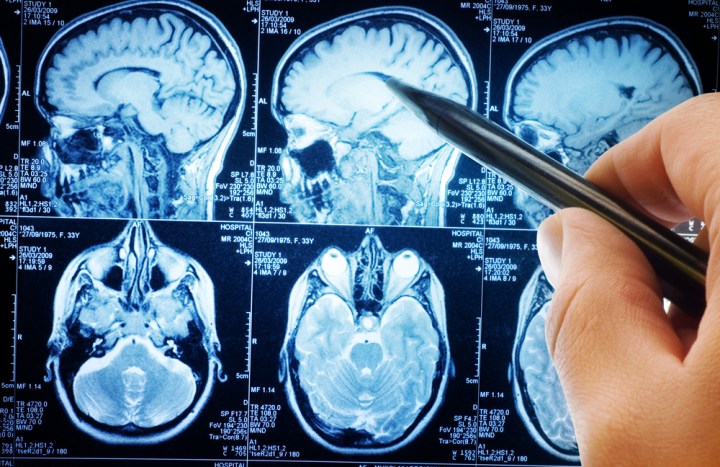
In conducting their study, researchers examined the fMRI scans of 126 human subjects and attempted to predict their success on motor, memory and intelligence tests. Key to their predictions were the brain’s connectomes, which refers to how different areas of the brain communicate with one another. Over the last five years, the Human Connectome Project has attempted to map out exactly how synapses fire and “talk” to one another, and as it turns out, the more they’re chatting, the “smarter” you are.
“The more certain regions are talking to one another, the better you’re able to process information quickly and make inferences,” Emily Finn, a Yale grad student and study co-author told Wired. In particular, the more your frontal and parietal lobes are in contact with one another, the more fluid intelligence you have — that is, your abstract reasoning abilities.
Of course, just because your fMRI scans suggest a lot of inter-brain communication doesn’t necessarily mean that you’ll be more successful or even more intelligent than your peers. After all, “What happens in an MRI scanner isn’t what happens in daily life,” Judy Illes, a neuroethicist at the University of British Columbia points out to Wired.
Still, the most impressive aspect of this latest study lies in scientists’ newfound ability to carefully analyze the unique communication maps in neural connections. Ultimately, researchers believe, this may allow us to predict human behavior, better customize educational plans, and even create unique healthcare setups for individuals based on their brain scans.
It’s still a ways away, but one day soon, movies like The Minority Report may be more fact than fiction.


